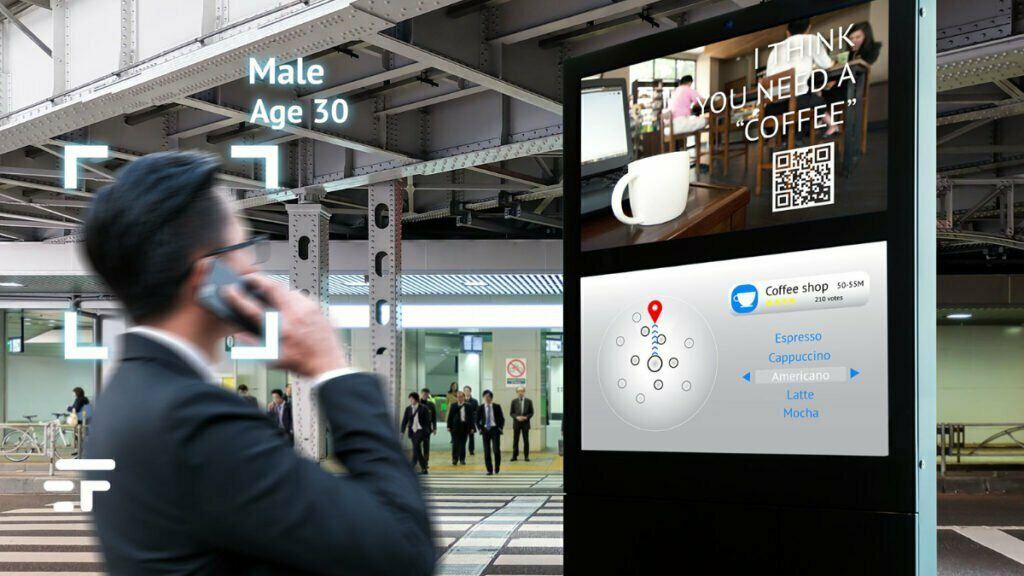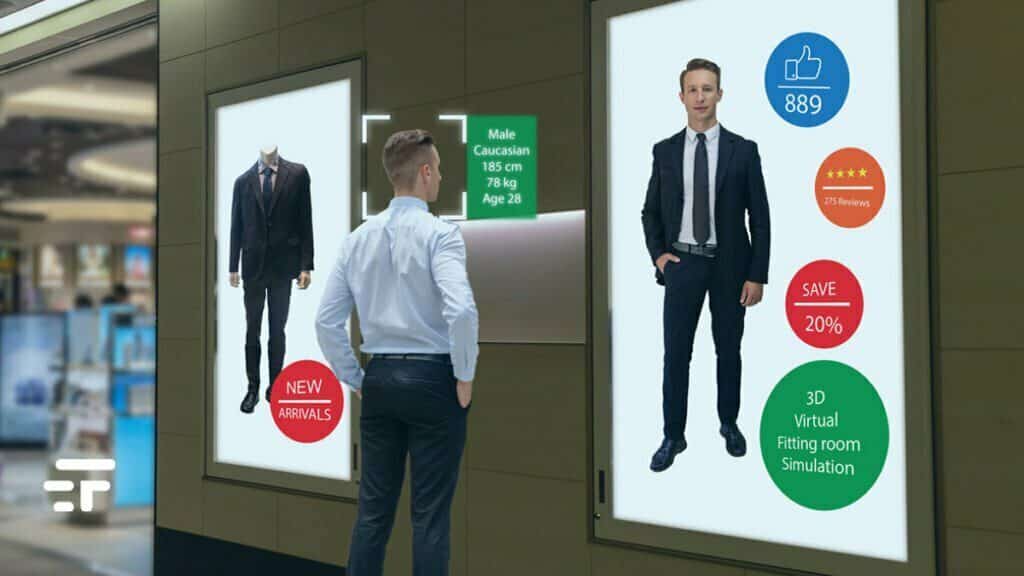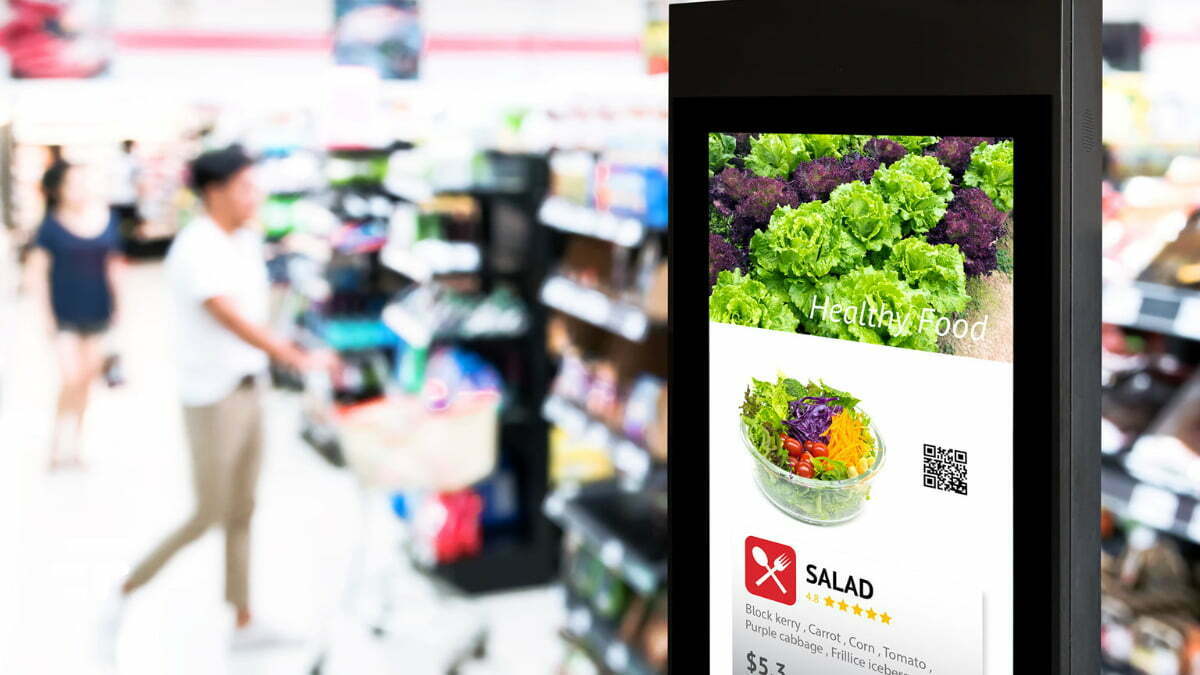Il digital signage is a form of advertising that uses digital screens to display dynamic content, such as advertisements, travel information, news, and more. In recent years it has become increasingly popular, both for companies and public bodies.
Because? Because it has many advantages.

The main one is flexibility. Content can be easily edited and updated in real time. This means you can show specific messages based on the time of day, geographic location or target audience. Additionally, digital signage can be integrated with other technologies, such as attendance systems or social media, to offer an even more personalized experience.
Another advantage of digital signage is its ability to attract attention. Thanks to its dynamic content and vibrant colors, digital signage can capture people's attention more effectively than traditional banners or print ads. For this reason it can be used to create engaging advertising campaigns, with interactive games or quizzes, which increase customer engagement and loyalty.
Digital signage also has a positive environmental impact. It cuts down on printed paper and uses energy-efficient technologies, which helps reduce greenhouse gas emissions. I don't find it hard to believe that this will be the main form of advertising of the future: for this reason it will be increasingly important to learn how to manage the displays of companies and institutions.

Five-point mini guide to using digital signage
Anyone who wants to take advantage of this technology to promote their business or communicate important information must consider some important points:
- Choice of display: It is important to choose a display that suits your needs. There are several options available, such as LED, LCD or OLED screens, each with their own features and benefits. It is important to consider the display size, resolution, aspect ratio and viewing angle.
- Contents: Digital signage content must be carefully planned and designed. It's important to choose high-quality images and videos and create clear, concise messages. It is also possible to integrate dynamic data, such as opening hours or weather forecasts, or use interactive technologies, such as QR codes or beacons, to offer an even more engaging experience.
- Positioning: Display placement is key to ensuring that your digital signage is seen by as many people as possible. It is important to choose a position where the display is clearly visible and easily accessible, without obstacles or reflections that could prevent reading.
- Software: The digital signage management software is the heart of the system. It must be easy to use and offer a wide range of features, such as content scheduling, playlist creation and real-time scheduling management. It is important to choose software that is reliable and backed by a team of experts.
- Maintenance: Digital signage requires regular maintenance to ensure it works properly. It's important to regularly check your display for problems, such as bad pixels or incorrect settings, and to make sure your software is always up to date.
In conclusion, digital signage is a powerful tool for communicating with your audience. By following these recommendations, you will be able to make the most of this technology to promote your business and provide useful information to customers.


